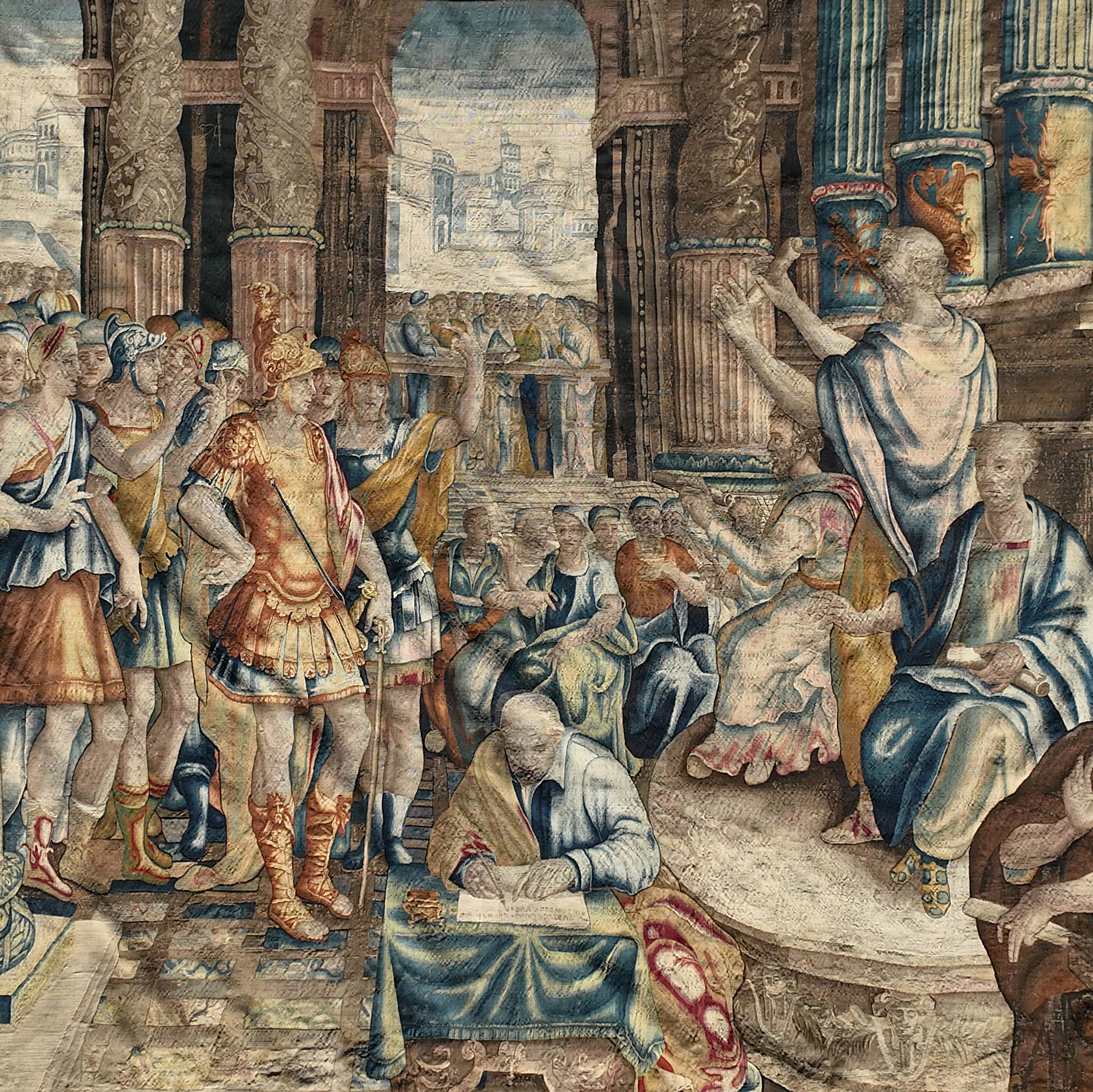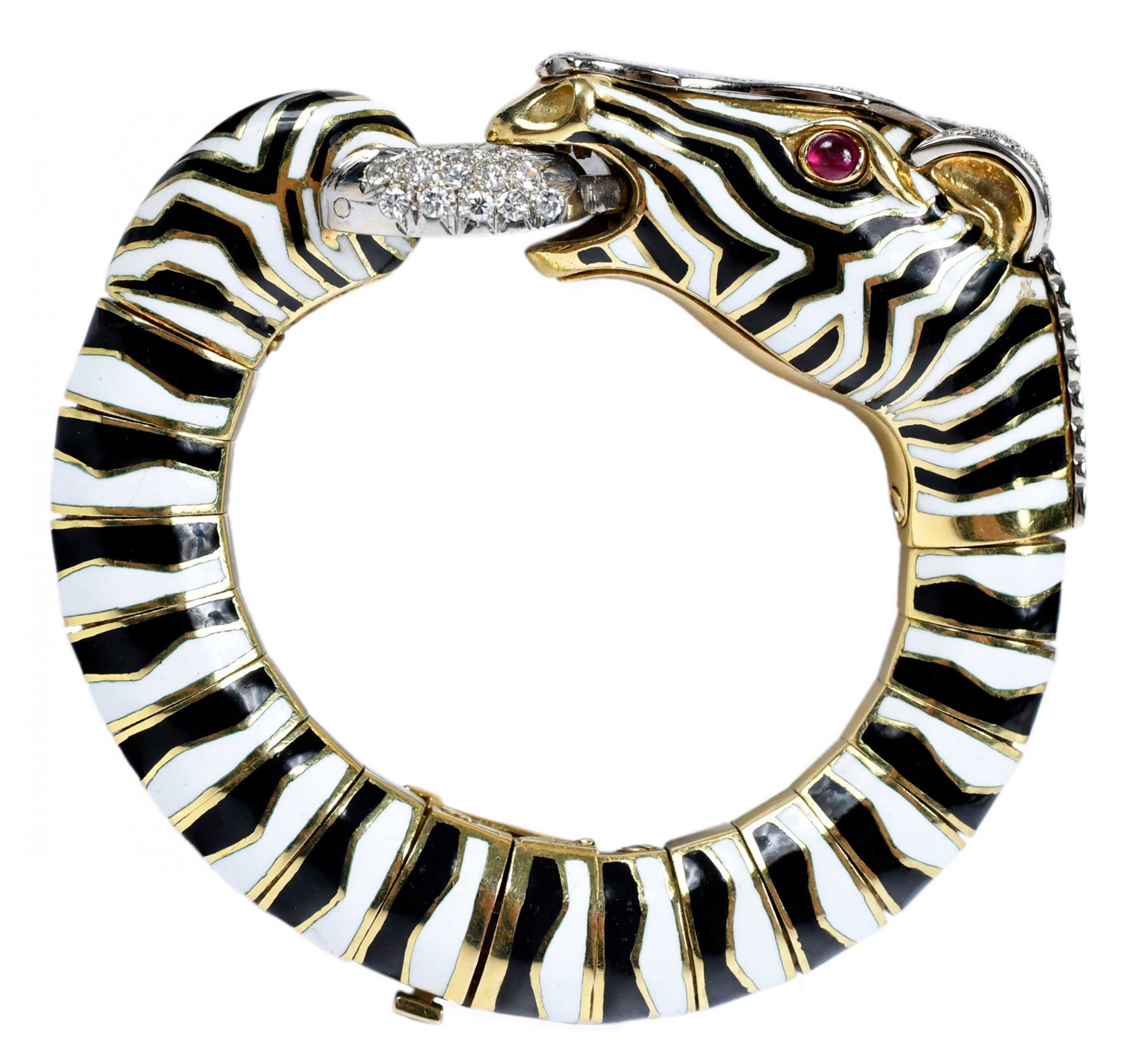[dsm_breadcrumbs _builder_version="4.19.3" _module_preset="default" items_text_color="#bb4b26" animation_style="fade"...
Press Articles
Jewelry & Timepieces Press Release | November 21, 2024
[dsm_breadcrumbs _builder_version="4.19.3" _module_preset="default" items_text_color="#bb4b26" animation_style="fade"...
Just Collecting — Filing cabinet-find US Constitution goes for $9 million | October 18, 2024
New York Times — Rare Copy of U.S. Constitution Sells for More Than $11 Million | October 19, 2024
AP Archive — A rare copy of the US Constitution sells for $9 million at auction | October 18, 2024
CBS Philadelphia — Only 8 of these copies of the U.S. Constitution exist – this one is up for auction | October 9, 2024
AP Archive — A rare 1787 copy of the US Constitution is up for auction and it could be worth millions | October 9, 2024
WITN-TV — Rare missing copy of U.S. Constitution discovered in Eastern North Carolina heads to auction | October, 9 2024
CBS Evening News — Rare 1787 copy of the U.S. Constitution up for auction | October 9, 2024
World-Class Consignments and Exceptional Results

